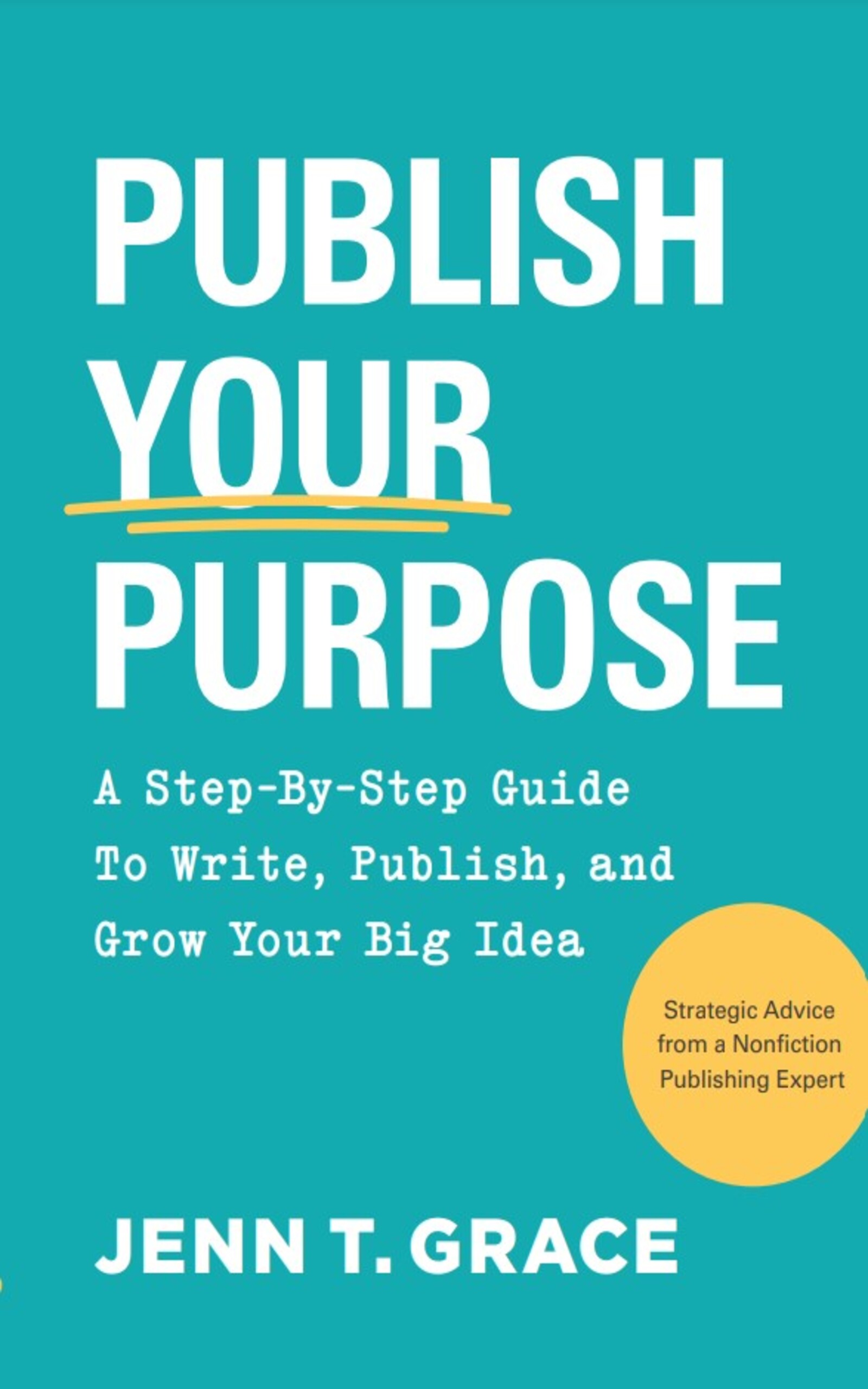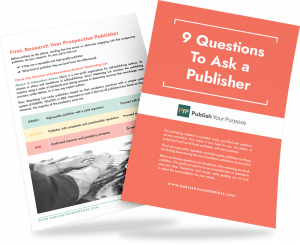As a new author, selecting the right publishing path can feel overwhelming. With various options available, it’s essential to understand the differences and choose the one that aligns best with your goals. Here’s a breakdown of the three primary publishing routes: hybrid publishing, traditional publishing, and self-publishing.
Prefer to watch the Pick Your Path to Publishing webinar for a full overview? Click here to get started!
Hybrid Publishing: A Balanced Approach
Hybrid publishing may be the right fit for you if:
- You Seek Guidance Through the Publishing Process: Hybrid publishers offer a middle ground between traditional and self-publishing. They provide expertise and assistance, guiding you through the publishing landscape and remaining available for support even after your book launch.
- You Want Better Royalties: Hybrid publishers typically offer higher royalty rates than traditional publishers, often at least 50% per book sold compared to the 10-15% you might receive from traditional routes (PYP authors retain 85%).
- You Can Fund Your Publication: While hybrid publishers require an upfront investment, this cost covers their expertise and connections. You’re likely to see a greater return in royalties.
- You Want to Maintain Ownership of Your Work: Hybrid publishing allows you to retain control over your book’s decisions, from the content to the design. You typically keep full rights to your work.
- You Have Unique Ideas: Hybrid publishers are often more open to niche topics or ideas that might not fit the mainstream market.
If hybrid publishing resonates with you, learn more about how Publish Your Purpose could be the right partner for your journey, contact us today!
Traditional Publishing: Prestige with Restrictions
Traditional publishing might suit you if:
- You Prefer a Publisher to Handle Logistics: Traditional publishers take care of editing, design, and often marketing. Your main job is to write and revise your manuscript.
- You’re Comfortable Signing Over Your Rights: When you work with a traditional publisher, you typically sign away the rights to your book, relinquishing creative control over aspects like cover design and marketing.
- You Value the Prestige of Big Publishing Houses: Partnering with a well-known publisher can elevate your author brand and increase your book’s visibility.
- You Desire Mainstream Media Coverage: Larger publishing houses have established connections that can help secure media coverage for your book, potentially broadening your audience.
Self-Publishing: Full Control and Profit
Self-publishing could be ideal for you if:
- You Want to Keep Most of Your Profits: With self-publishing, you retain all profits from direct sales. Distributors are the only ones taking a cut.
- You’re Prepared to Cover Publishing Costs: As the sole investor in your book, you will need to hire editors, designers, and cover the costs of printing and distribution. It’s crucial to vet your service providers carefully.
- You Prefer to Oversee Every Aspect: Self-publishing grants you complete control over every decision regarding your book.
- You’re Willing to Invest Time in Best Practices: Successful self-publishing requires commitment to learning industry standards and best practices, from editing to marketing.
Ready to Choose Your Path?
Navigating the publishing landscape is challenging, but understanding your options is crucial to your success. Whether you lean toward hybrid, traditional, or self-publishing, we are here to support you. For more insights, download Chapter 14: Picking the Best Publishing Path for You for free and equip yourself with essential knowledge for your publishing journey. If you’re eager to explore your options in more detail, don’t miss our Pick Your Path to Publishing Webinar.





